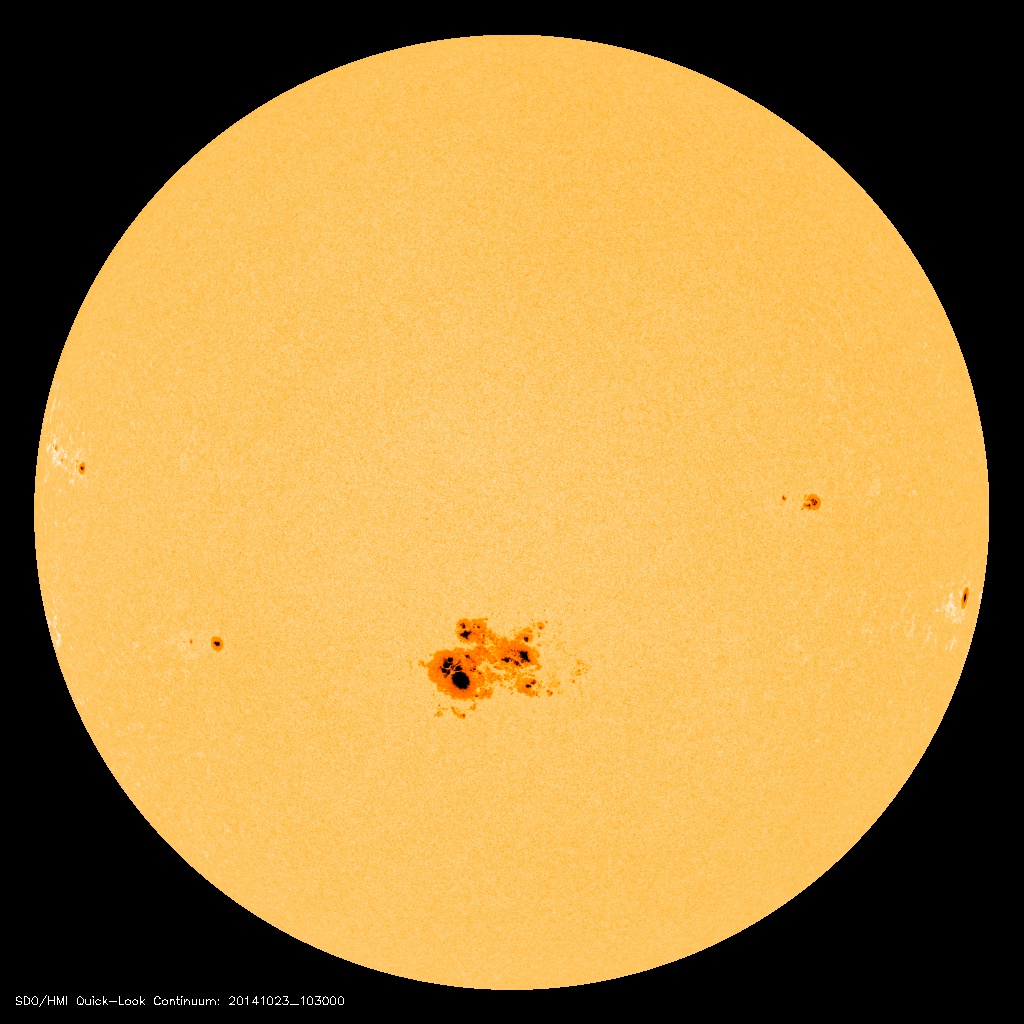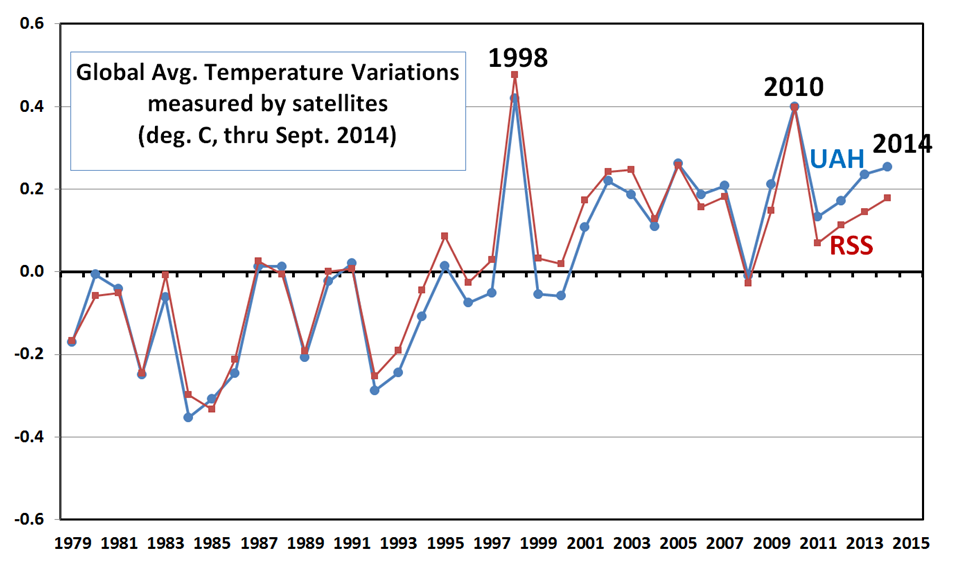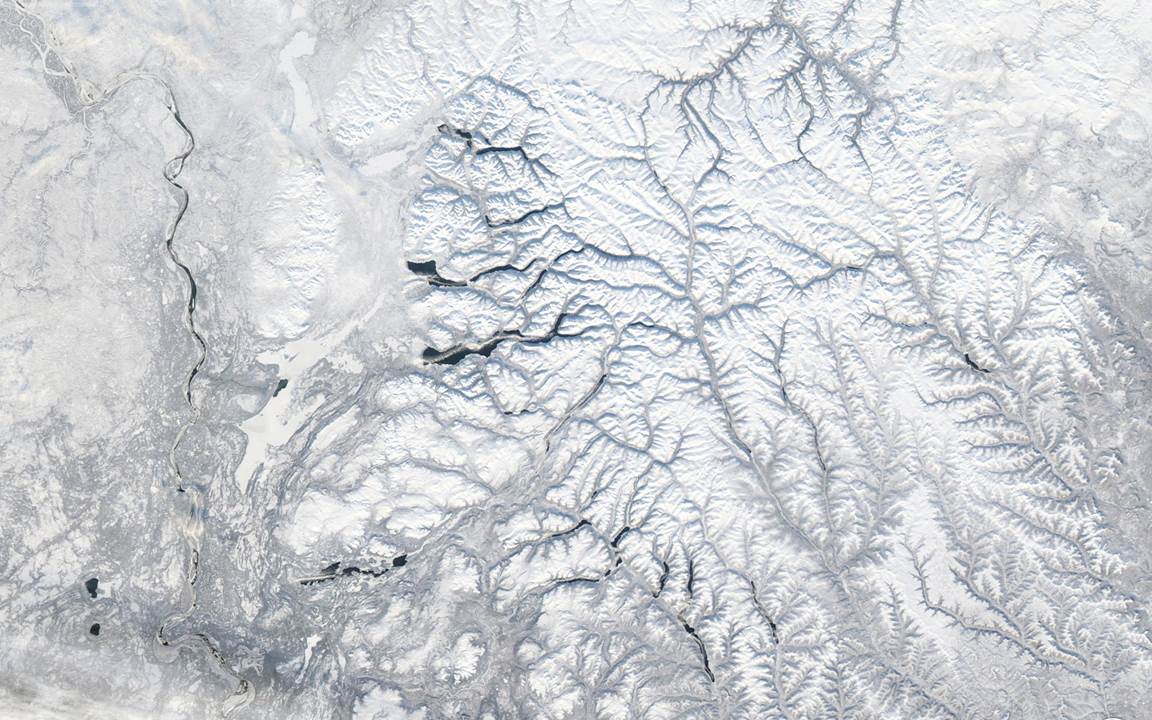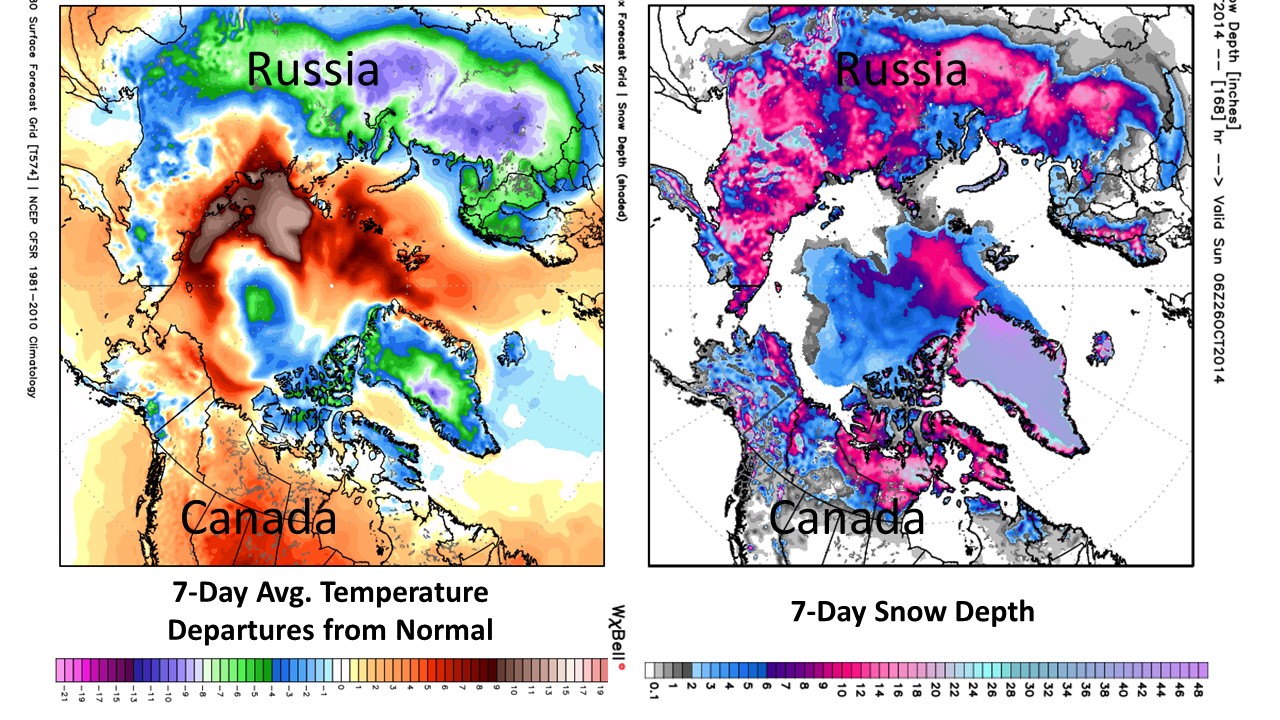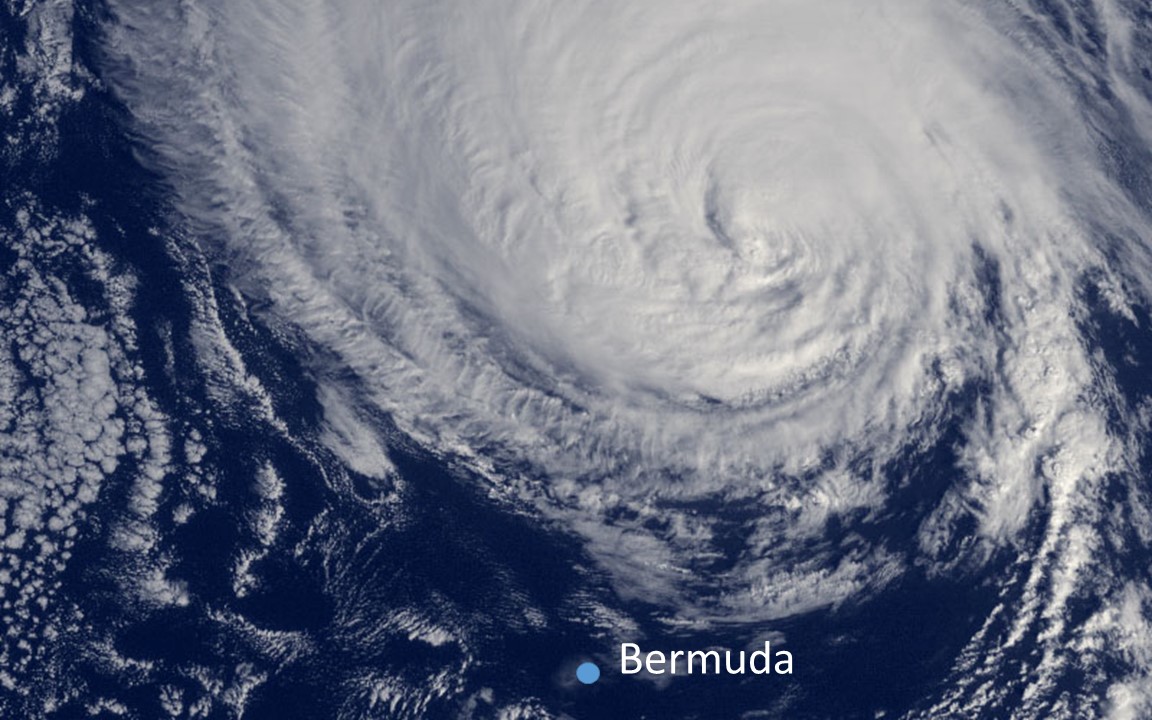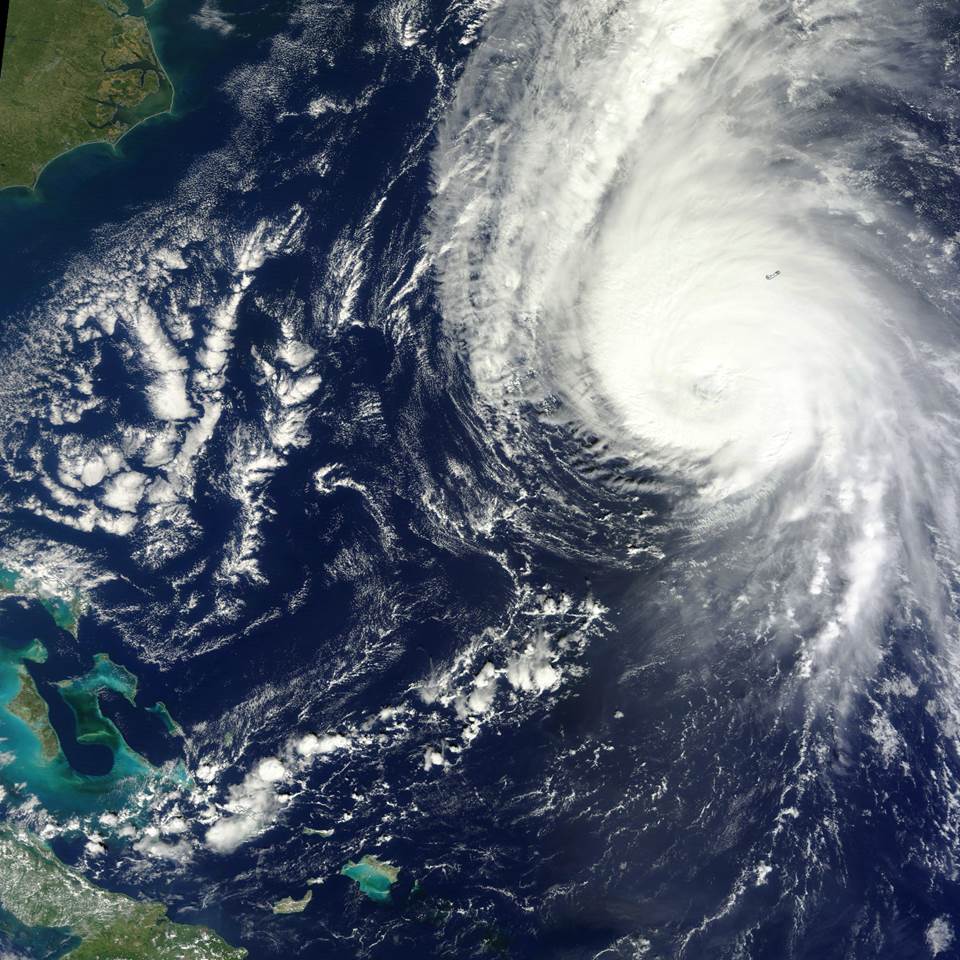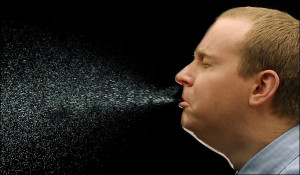Our 1D forcing-feedback-mixing model published in January 2014 (and not paywalled, but also here) addressed the global average ocean temperature changes observed from the surface to 700 m depth, with the model extending to 2,000 m depth.
We used the 1D model to obtain a consensus-supporting climate sensitivity when traditional forcings were used (mostly anthropogenic GHGs, aerosols, and volcanoes), but a much smaller 1.3 deg. C climate sensitivity if the observed history of ENSO was included, which was shown from CERES satellite measurements to modulate the Earth’s radiative budget naturally (what we called “internal radiative forcing” of the climate system).
Abraham et al. recently published an open source paper addressing the various assumptions in our model. While we have only had a couple days to look at it, in response to multiple requests for comment I am now posting some initial reactions.
Abraham et al. take great pains to fault the validity of a simple 1D climate model to examine climate sensitivity. But as we state in our paper (and as James Hansen has even written), in the global average all that really matters for the rate of rise of temperature is (1) forcing, (2) feedback, and (3) ocean mixing. These three basic processes can be addressed in a 1D model. Advective processes (horizontal transports) vanish in the global ocean average.
They further ignore the evidence we present (our Fig. 1 in Spencer & Braswell, 2014) that a 1D model might actually be preferable from the standpoint of energy conservation, since the 3D models do not appear to conserve energy – a basic requirement in virtually any physical modelling enterprise. Some of the CMIP3 models’ deep ocean temperature changes in apparent contradiction to whether the climate system is being radiative forced from above. Since the 3D models do not include a changing geothermal heat flux, this suggests a violation of the 1st Law of Thermodynamics. (Three of the 13 models we examined cooled most of deep ocean since 1955, despite increasing energy input from above. How does that happen?)
On this point, how is it that Abraham et al. nitpick a 1D model that CAN explain the observations, but the authors do not fault the IPCC 3D models which CANNOT explain the observations, and possibly don’t even conserve energy in the deep ocean?
Regarding their specific summary points (in bold):
1. The model treats the entire Earth as ocean-covered.
Not true, and a red herring anyway. We model the observed change in ocean heat content since 1955, and it doesn’t matter if the ocean covers 20% of the globe or 100%. They incorrectly state that ignoring the 30% land mass of the Earth will bias the sensitivity estimates. This is wrong. All energy fluxes are per sq. meter, and the calculations are independent of the area covered by the ocean. We are surprised the authors (and the reviewers) did not grasp this basic point.
2. The model assigns an ocean process (El Nino cycle) which covers a limited geographic region in the Pacific Ocean as a global phenomenon…
This is irrelevant. We modeled the OBSERVED change in global average ocean heat content, including the observed GLOBAL average expression of ENSO in the upper 200 m of the GLOBAL average ocean temperature.
3. The model incorrectly simulates the upper layer of the ocean in the numerical calculation.
There are indeed different assumptions which can be made regarding how the surface temperature relates to the average temperature of the first layer, which is assumed to be 50 m thick. How these various assumptions change the final conclusion will require additional work on our part.
4. The model incorrectly insulates the ocean bottom at 2000 meters depth.
This approximation should not substantially matter for the purpose the model is being used. We stopped at 2,000 m depth because the results did not substantially depend upon it going any deeper.
5. The model leads to diffusivity values that are significantly larger than those used in the literature.
We are very surprised this is even an issue, since we took great pains to point out in our paper that the *effective* diffusivity values we used in the model are meant to represent *all* modes of vertical mixing, not just diffusivity per se. If the authors read our paper, they should know this. And why did the reviewers not catch this basic oversight? Did the reviewers even read our paper to see whether Abraham et al. were misrepresenting what it claimed? Again, the *effective* diffusivity is meant to represent all modes of vertical heat transport (this is also related to point #8, below). All the model requires is a way to distribute heat vertically, and a diffusion-type operator is one convenient method for doing that.
6. The model incorrectly uses an asymmetric diffusivity to calculate heat transfer between adjacent layers, and
7. The model contains incorrect determination of element interface diffusivity.
The authors discuss ways in which the implementation of the diffusion operator can be more accurately expressed. This might well be the case (we need to study it more). But it should not impact the final conclusions because we adjust the assumed effective diffusivities to best match the observations of how the ocean warms and cools at various depths. If there was a bias in the numerical implementation of the diffusion operator (even off by a fact of 10), then the effective diffusivity values will simply adjust until the model matches the observations. The important thing is that, as the surface warms, the extra heat is mixed downward in a fashion which matches the observations. Arguing over the numerical implementation obscures this basic fact. Finally, a better implementation of diffusivity calculation still must then be run with a variety of effective diffusivities (and climate sensitivities) until a match with the observations has been obtained, which as far as we can tell the authors did not do. The same would apply to a 3D model simulation…when one major change is implemented, other model changes are often necessary to get realistic results.
8. The model neglects advection (water flow) on heat transfer.
Again, there is no advection in the global average ocean. The authors should know this, and so should the reviewers of their paper. Our *effective* diffusivity, as we state in the paper, is meant to represent all processes that cause vertical mixing of heat in the ocean, including formation of cold deep water at high latitudes. Why did neither the authors nor the reviewers of the paper not catch this basic oversight? Again, we wonder how closely anyone read our paper.
9. The model neglects latent heat transfer between the atmosphere and the ocean surface.
Not true. As we said in our paper, processes like surface evaporation, convective heat transfer, latent heat release, while not explicitly included, are implicitly included because the atmosphere is assumed to be in convective equilibrium with the surface. Our use of 3.2 W/m2 change in OLR with a surface temperature change of 1 deg. C is the generally assumed global-average value for the effective radiating temperature of the surface-atmosphere system. This is the way in which a surface temperature change is realistically translated into a change in top-of-atmosphere OLR, without having to explicitly include latent heat transfer, atmospheric convection, temperature lapse rate, etc.
Final Comments
If our model is so far from reality, maybe Abraham et al. can tell us why the model works when we run it in the non-ENSO mode (mainly greenhouse gas, aerosol, and volcanic forcing) , yielding a climate sensitivity similar to many of the CMIP models (2.2 deg. C). If the model deficiencies are that great, shouldn’t the model lead to a biased result for this simple case? Again, they cannot obtain a “corrected” model run by changing only one thing (e.g. the numerical diffusion scheme) without sweeping the other model parameters (e.g. the effective diffusivities) to get a best match to the observations.
These are our initial reactions after only a quick look at the paper. It will take a while to examine a couple of the criticisms in more detail. For now, the only one we can see which might change our conclusions in a significant way is our assumption that surface temperature changes have the same magnitude as the average temperature change in the top (50 m) layer of the model. In reality, surface changes should be a little larger, which will change the feedback strength. It will take time to address such issues, and we are now under a new DOE contract to do climate model validation.

 Home/Blog
Home/Blog